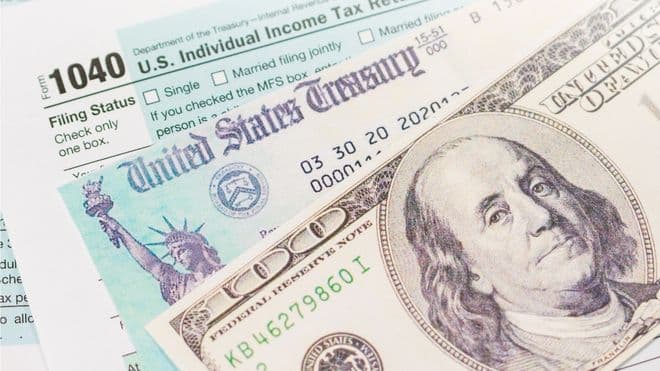
Several of the largest U.S. banks are reportedly working behind the scenes on a “digital dollar” project as the federal government prepares to phase out the penny.
Chase, Bank of America, Citigroup, and Wells Fargo are exploring a stablecoin backed by the U.S. dollar. The move signals a dramatic shift away from physical cash and could change how Americans spend and save money.
Why are banks developing a digital dollar?
The digital dollar would function through a regulated stablecoin—a digital currency tied to the value of the U.S. dollar.
The banks are expected to use existing payment networks, including:
- Zelle, operated by Early Warning Services
- The Clearing House, which handles large-scale bank transactions
This digital currency would allow faster, safer payments and reduce dependency on physical money.
What makes this different from cryptocurrency?
Unlike traditional cryptocurrencies, this digital dollar would be highly centralized.
Rather than bypassing financial institutions, it would operate directly through them. This marks a major shift in the philosophy behind digital assets.
Utila CEO Bentzi Rabi told PYMNTS this shift was “inevitable.”
“Everyone will enter the stablecoin era in the end,” Rabi said.
No more pennies by 2026
The push toward digital payments comes as the U.S. Treasury will end penny production by 2026.
Here’s why:
- It now costs four cents to make one penny
- The U.S. Mint lost $83.5 million on penny production last year
- Pennies made up over half of all U.S. coin shipments in 2024
- The government has lost money on the penny for 19 straight years
This marks the first coin phaseout since Congress removed the half-cent in 1857.
Will rare pennies gain value?
Yes. Some older or misprinted pennies may become more valuable as circulation ends.
Examples include:
- 1992 Lincoln penny worth up to $25,000
- Double die Lincoln cent valued around $2,000
- Half-cent coins from the 1800s now worth over $3,000
Experts say rare coins could spike in value after the penny disappears for good.
